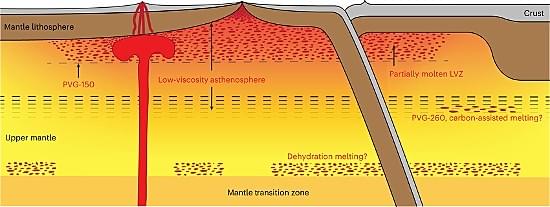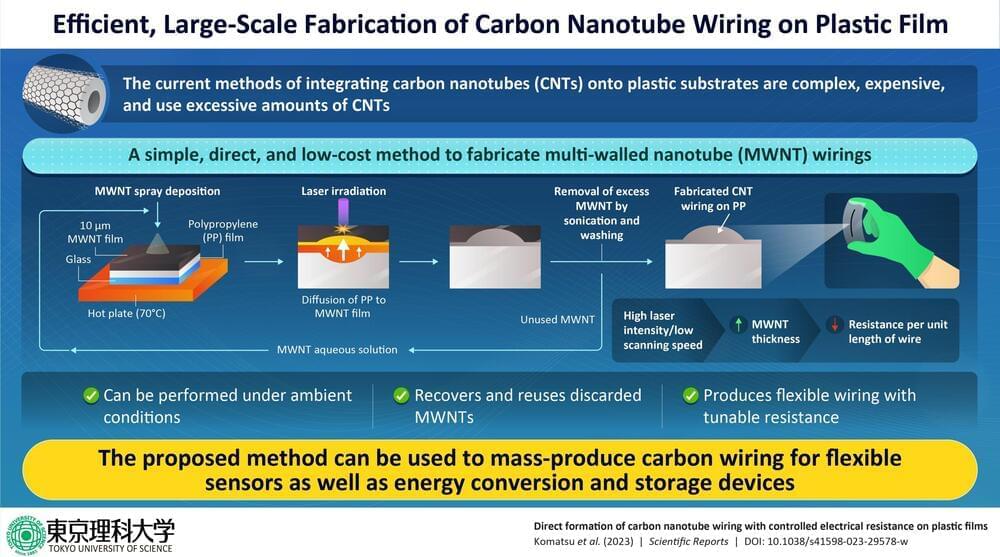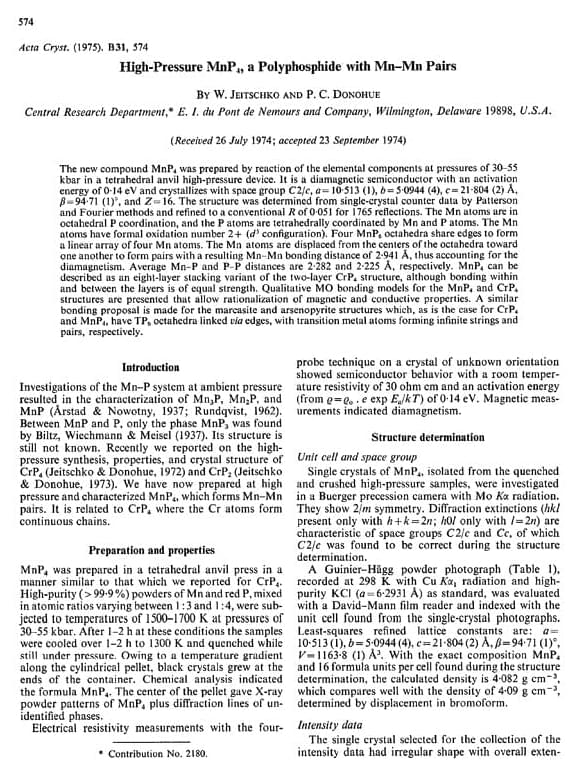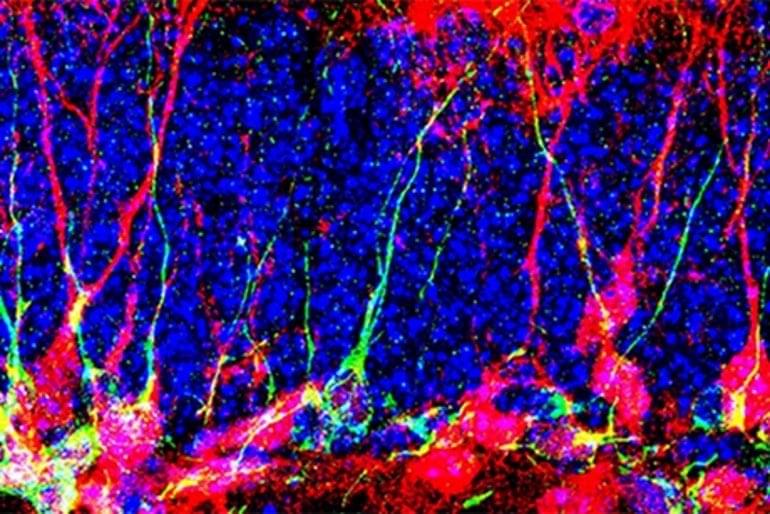Both discoveries may play roles in first how plate tectonics got started, and the dynamics that continue to make it happen.



Inspired by the Renaissance vision of Leonardo da Vinci, NASA
Established in 1958, the National Aeronautics and Space Administration (NASA) is an independent agency of the United States Federal Government that succeeded the National Advisory Committee for Aeronautics (NACA). It is responsible for the civilian space program, as well as aeronautics and aerospace research. Its vision is “To discover and expand knowledge for the benefit of humanity.” Its core values are “safety, integrity, teamwork, excellence, and inclusion.” NASA conducts research, develops technology and launches missions to explore and study Earth, the solar system, and the universe beyond. It also works to advance the state of knowledge in a wide range of scientific fields, including Earth and space science, planetary science, astrophysics, and heliophysics, and it collaborates with private companies and international partners to achieve its goals.

Researchers at MIT have developed an X-Ray vision headset similar to Superman’s powers. Researchers at the Massachusetts Institute of Technology have developed an X-ray vision headset. The device combines computer vision and wireless perception that automatically locates items located under a stack of papers or inside a box.

Your toilet paper might give you cancer, according to scientists. Experts from the University of Florida warn that your toilet paper could contain toxic “forever chemicals,” also known as per-and polyfluoroalkyl substances (PFAs), which have previously been linked to certain cancers and even low sperm count.

Carbon nanotubes (CNTs) are cylindrical tube-like structures made of carbon atoms that display highly desirable physical properties like high strength, low weight, and excellent thermal and electrical conductivities. This makes them ideal materials for various applications, including reinforcement materials, energy storage and conversion devices, and electronics.
Despite such immense potential, however, there have been challenges in commercializing CNTs, such as their incorporation on plastic substrates for fabricating flexible CNT-based devices. Traditional fabrication methods require carefully controlled environments such as high temperatures and a clean room. Further, they require repeat transfers to produce CNTs with different resistance values.
More direct methods such as laser-induced forward transfer (LIFT) and thermal fusion (TF) have been developed as alternatives. In the LIFT method, a laser is used to directly transfer CNTs onto substrates, while in TF, CNTs are mixed with polymers that are then selectively removed by a laser to form CNT wires with varying resistance values.
A Case Western Reserve University doctoral student uses new mathematics to discover shrinking and chunky features of Devonian Period animals, including Cleveland’s prehistoric sea monster. Read the article to learn more.


Summary: After discovering the importance of cell metabolism in neurogenesis, researchers were able to increase the number of neurons in the brains of adult and elderly mice.
Source: University of Geneva.
Some areas of the adult brain contain quiescent, or dormant, neural stem cells that can potentially be reactivated to form new neurons. However, the transition from quiescence to proliferation is still poorly understood.
What if YOU were a type II person? Join us, and find out!
Subscribe ► https://wmojo.com/unveiled-subscribe.
In this video, Unveiled takes a closer look at everyday life in a type two civilization! Following the Kardashev Scale, humans hope to achieve type two in the near future… and EVERYTHING will change when we do!
This is Unveiled, giving you incredible answers to extraordinary questions!
Find more amazing videos for your curiosity here:
6 Scientific Breakthroughs Predicted For Your Lifetime — https://youtu.be/wGKj-3AfxdE
Did Scientists Just Discover a Theory of Everything? — https://youtu.be/nGUWJYVCsp4
0:00 Intro.